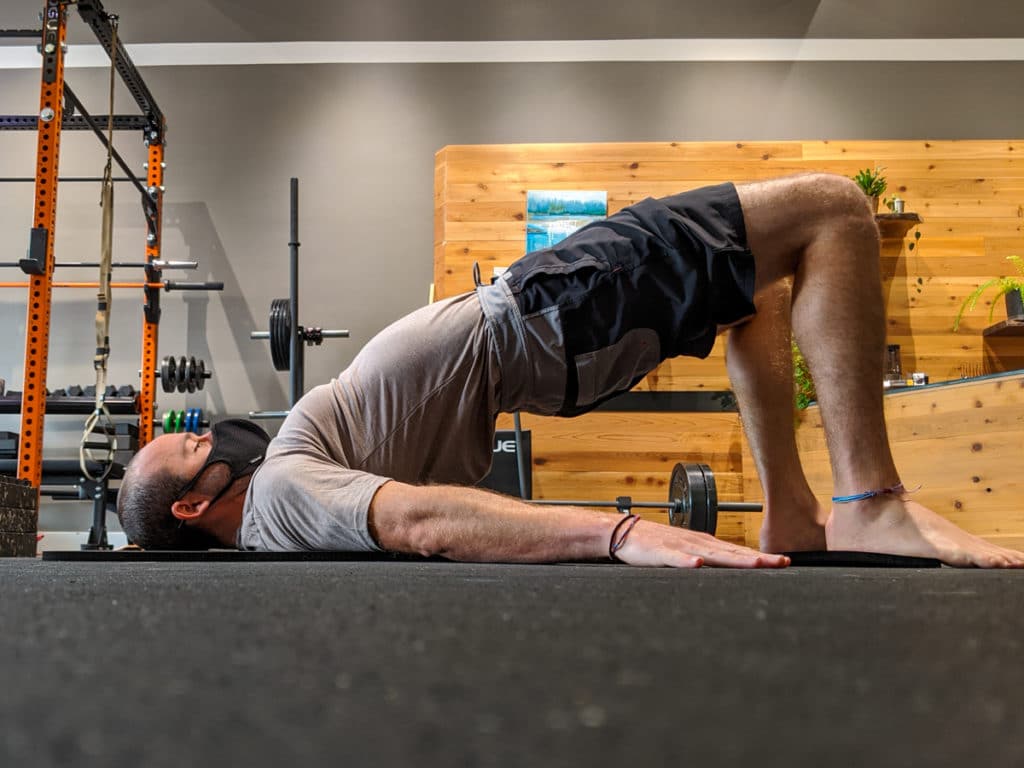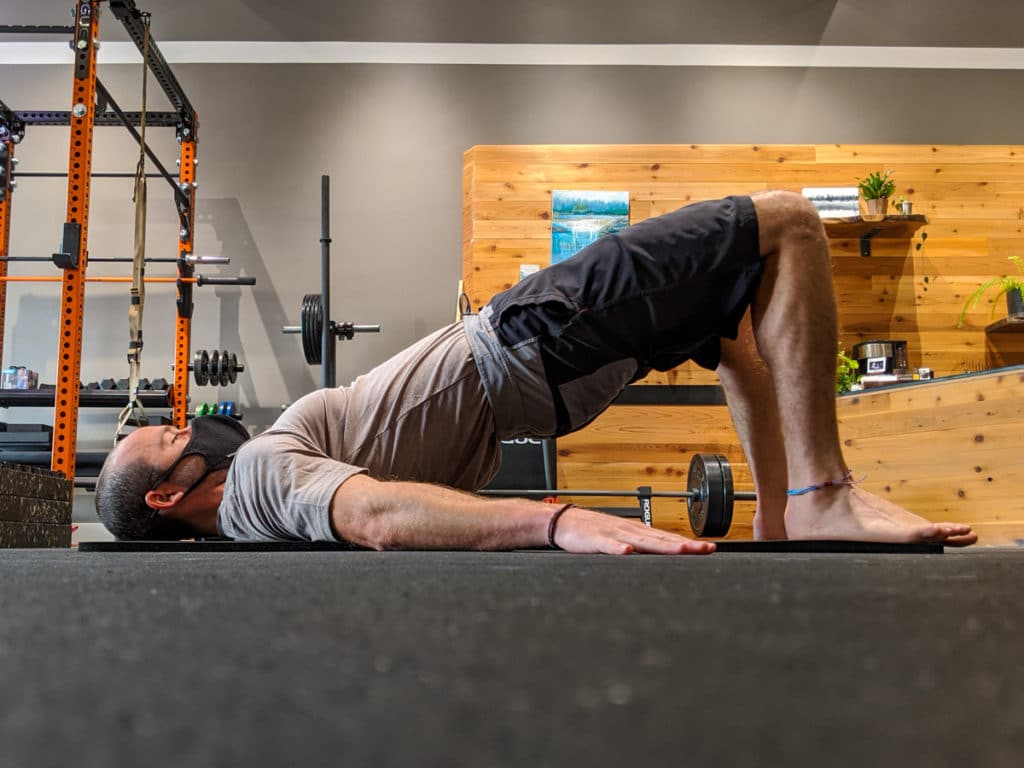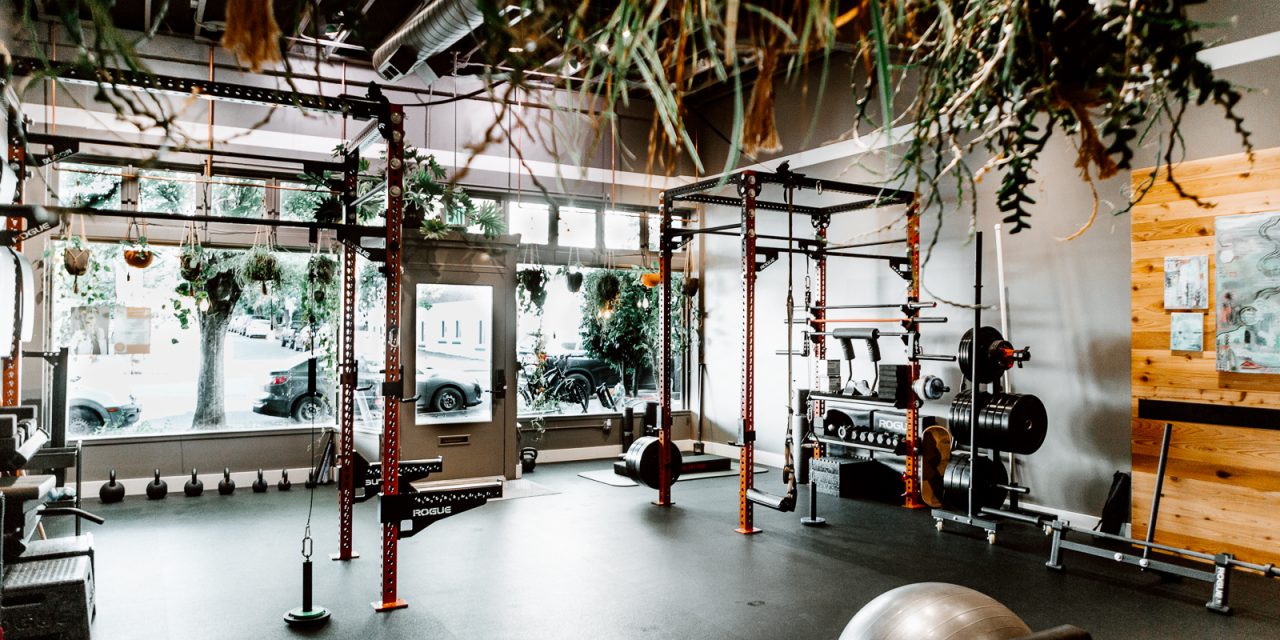Has the term glute amnesia ever reached your ears? Has the low back, knee or ankle pain been blamed on the glutes not firing properly? Many of us in the physical and manual therapy realm will make claims like “Oh, you’re probably not using your glutes when you are running, lifting, jumping, sky diving, etc”. And then we whip out the trusty old “Glute bridge” exercise to inspire our patients into more gluteal action. Thinking that the best way to reverse this pattern is by giving the client an isolation exercise.
At times this would work. However, at the beginning of my chiropractic career, I would often hear clients say to me that they felt the exercise more in their low backs than in their glutes. Imagine my surprise upon hearing these words. Imagine my despair in wanting to help them but not really knowing what to do next. I was not the only one having these experiences. Many of us, having learned some rehab protocols in our training, use those exact measures to resolve what seems like an isolated deficiency. When in reality we weren’t looking at the full picture.
The body is a system and it is meant to be moved and used as a system. Training the gluteal muscles alone will do nothing if all the person knows is how to use is their low back for everything that they do. Many of us have very strong and efficient low back musculature. It really has carried us for most of our lives, however, we do not know how to distribute this efficiency to the rest of our bodies. Yes, glute amnesia does exist. But a glute or hip bridge will not provide a solution to the client if they don’t know how to properly brace their trunk.
Bracing is the term we use to explain the engagement of the muscles that wrap around the middle of our bodies. The abdominals, the obliques, the transverse abdominals, and even, the low back muscles. I reiterate, our low backs are strong for a reason, but like anything that gets used too much and too often, it can get overused. And this is where discomfort lies, it is here that injuries happen. It is the explanation as to why we get better after resting and healing but then we get re-injured at the same spot.
So what’s the solution? It is in our movements. Train bracing with your glute bridges. Learn to use your body as a system that works in symphony, not in isolation. Let bracing be the foundation for all rigorous movements of life, let it teach you the awareness of what it is like to really use your body. And in the context of this article, brace and see what it’s like to have your glutes lift you into high heavens.
Non-Braced Glute Bridge
The following image illustrates how a glute bridge is achieved through low back activation and little to no abdominal bracing. Which accentuates lower back arching and perpetuates over activation of the low back for this movement. There are times when we want this style of movement(wrestling, and certain sports) but for the purposes of this article, this is an example of what we don’t want to happen.

Braced Glute Bridge
The following image illustrates trunk bracing with gluteal engagement at the top of a glute bridge. Notice how even the calves are involved in holding the position and there is little arch in the lower back. This image is a good example of a braced glute bridge.




